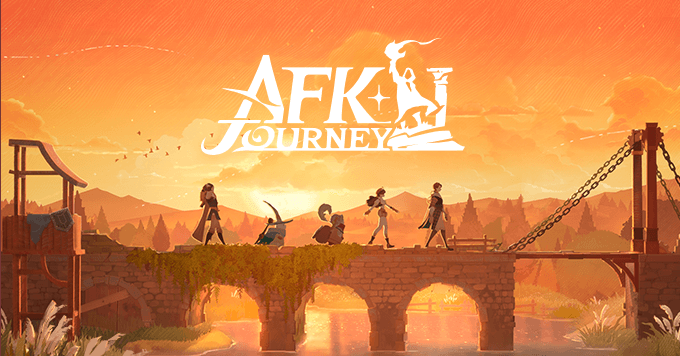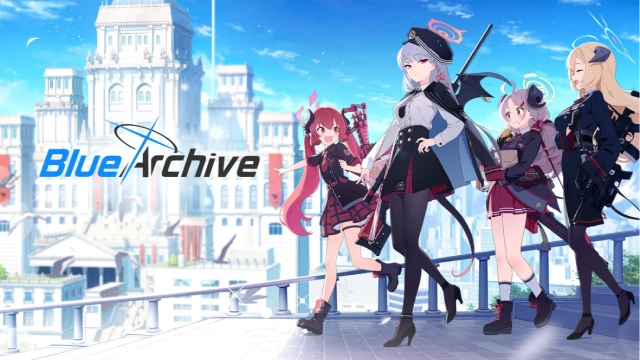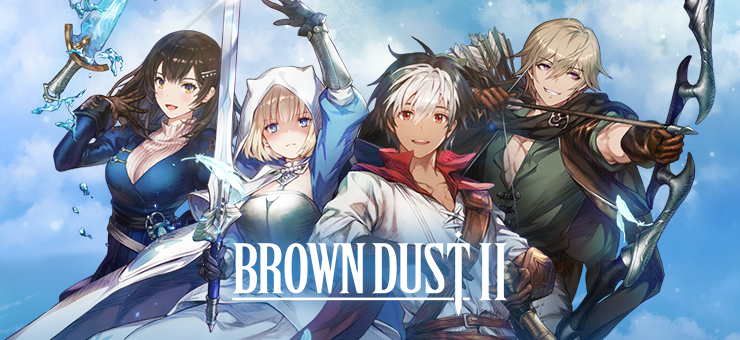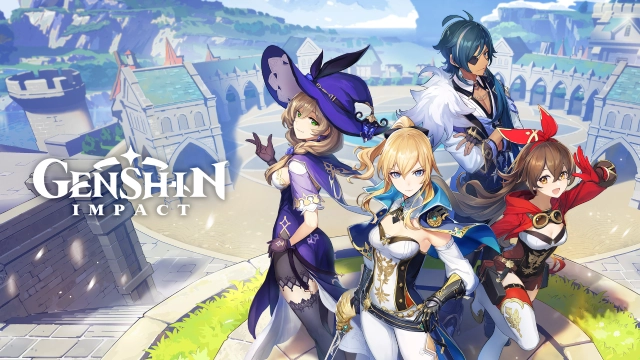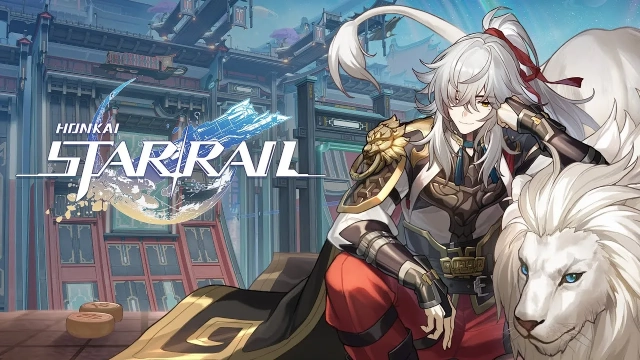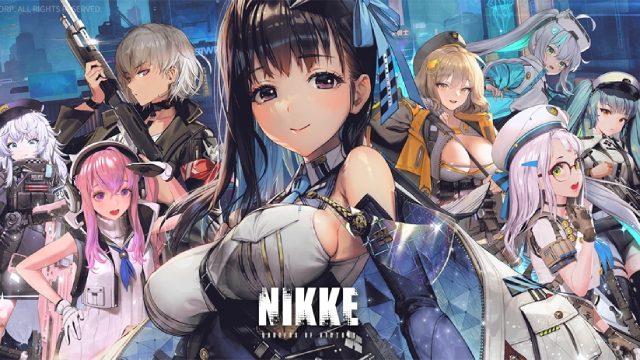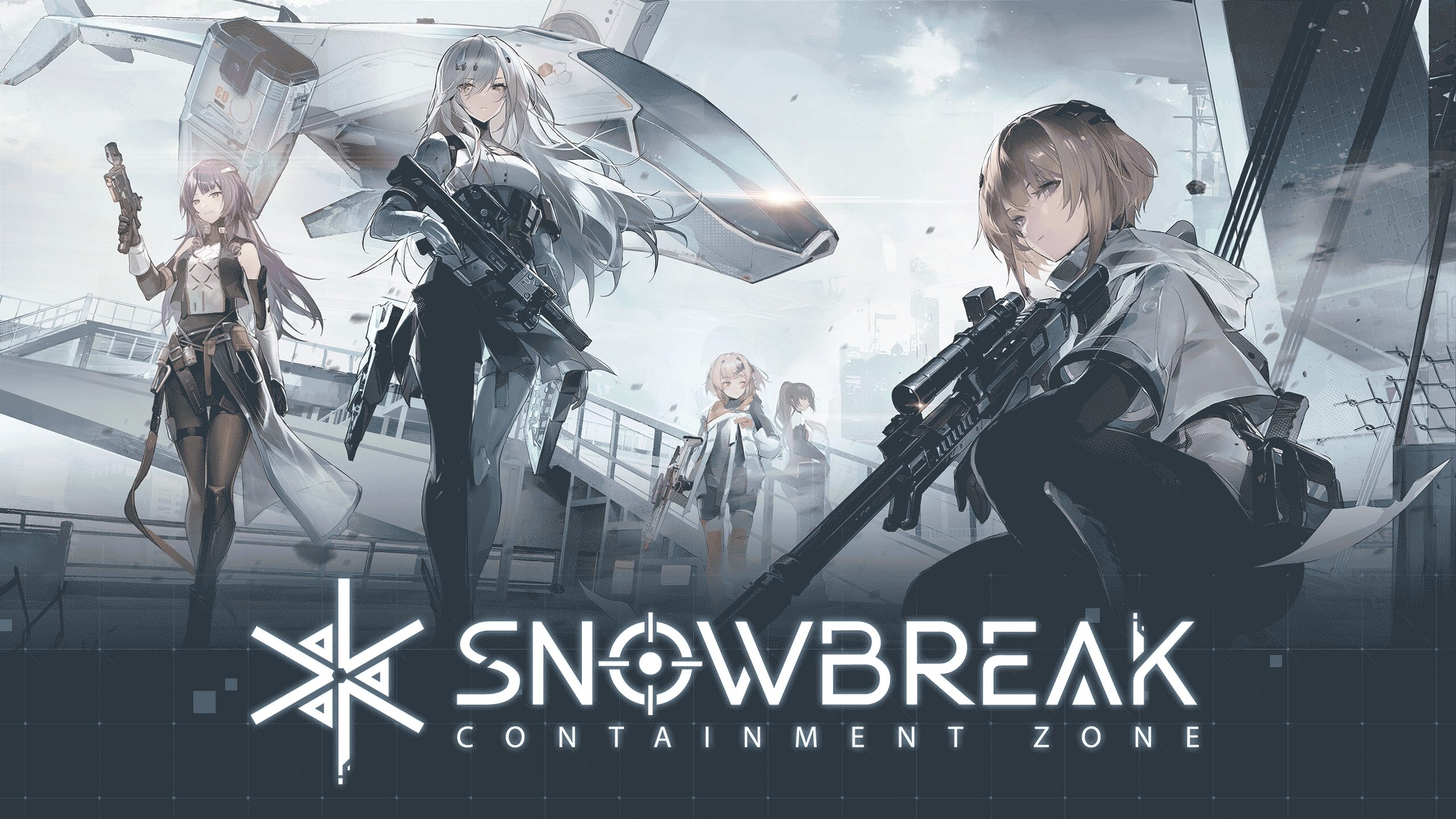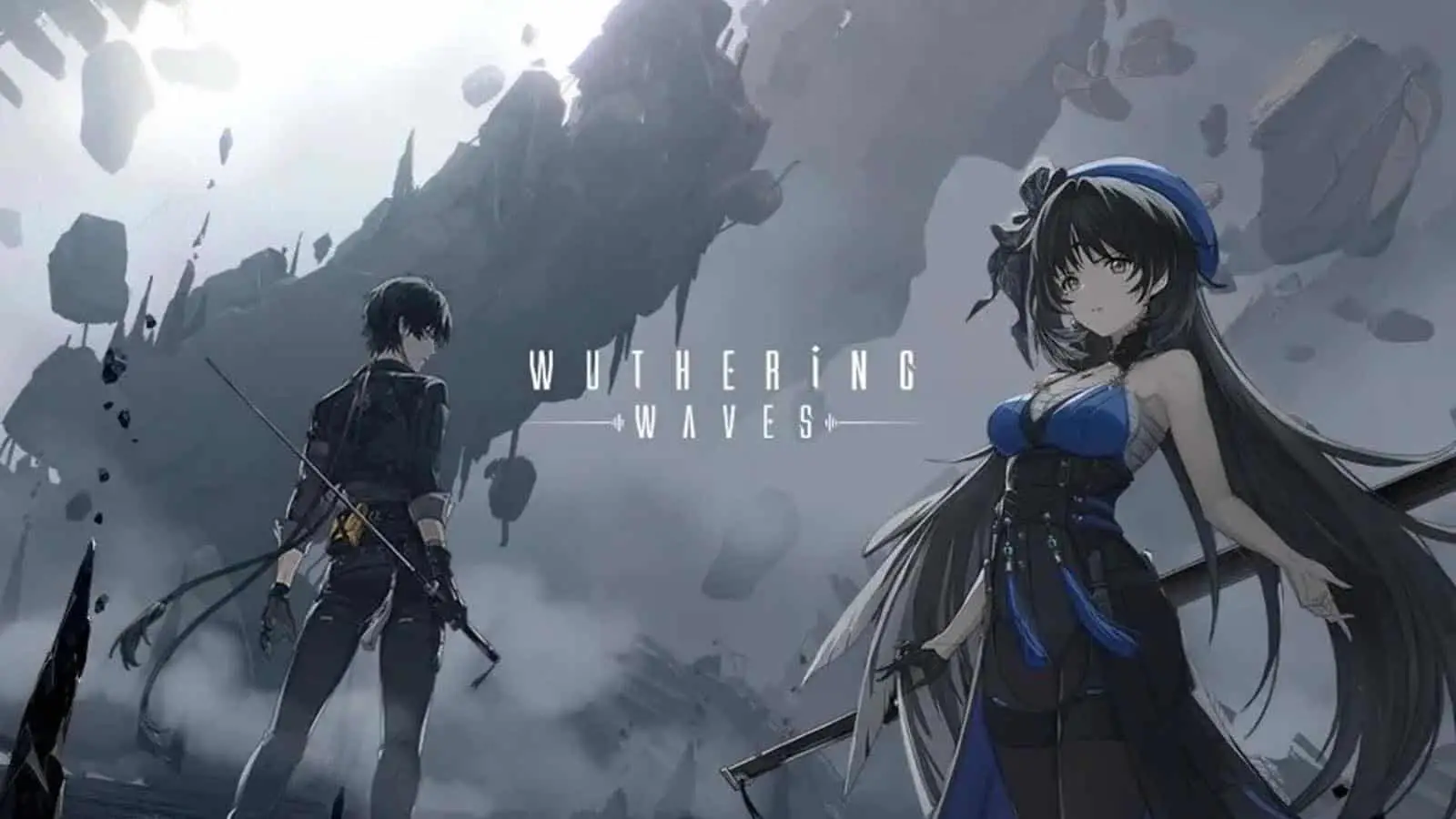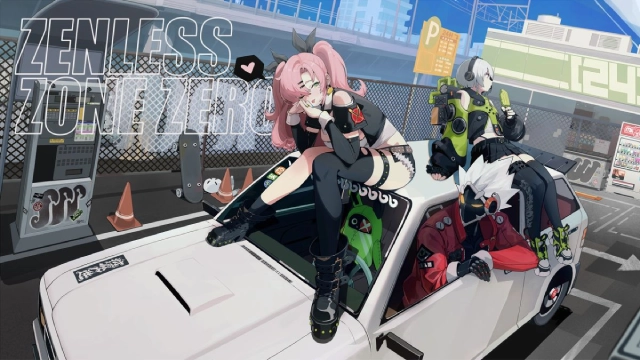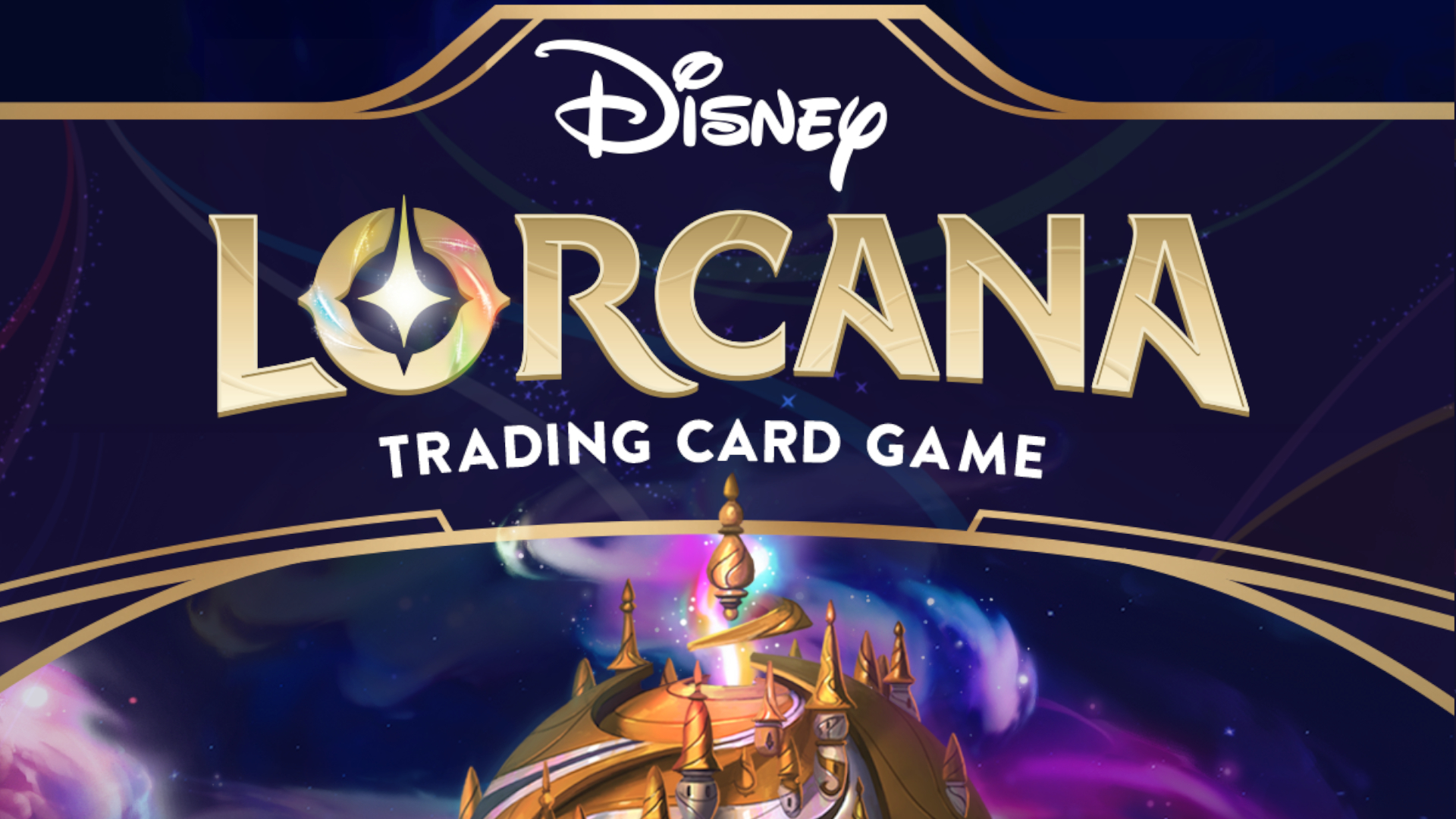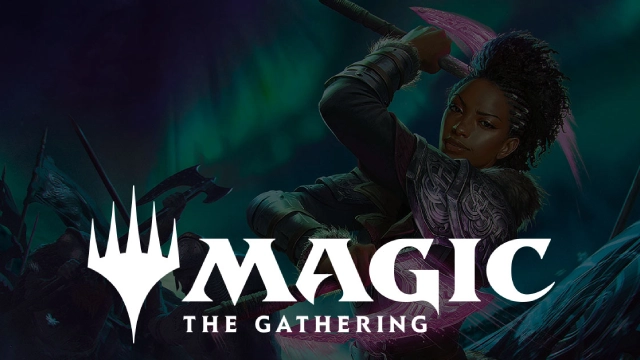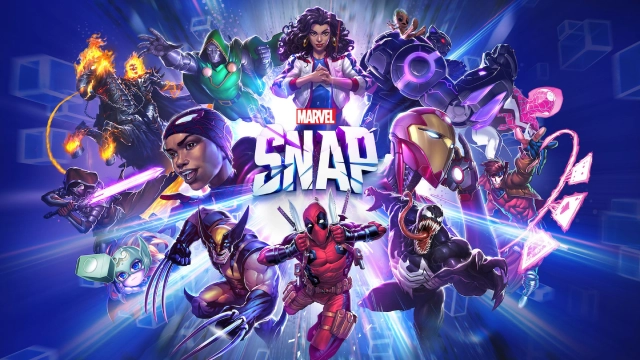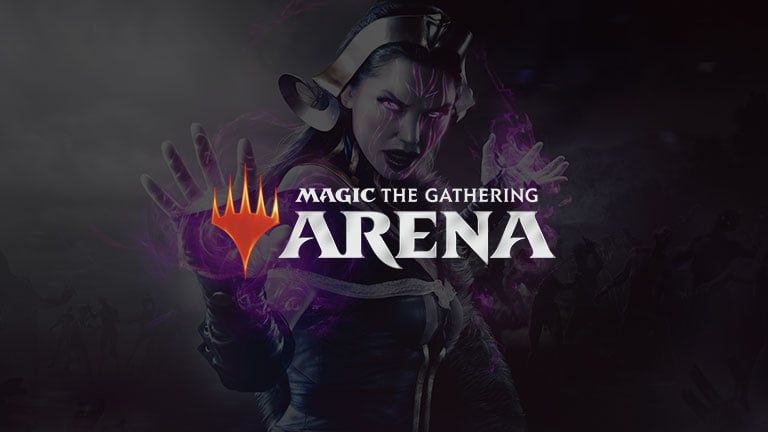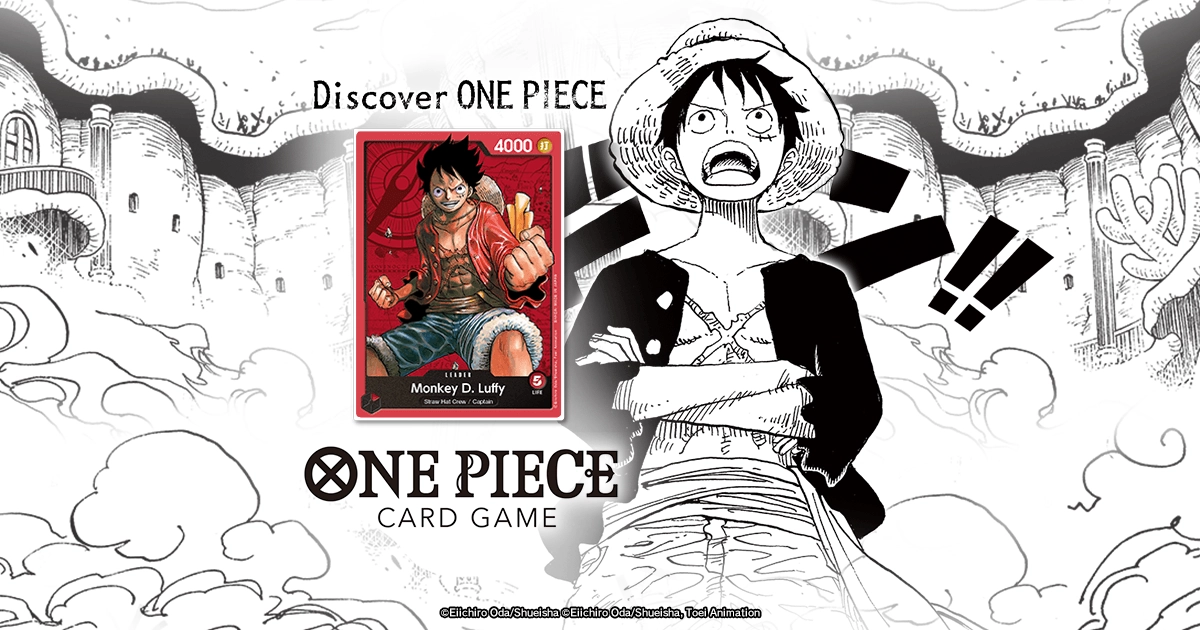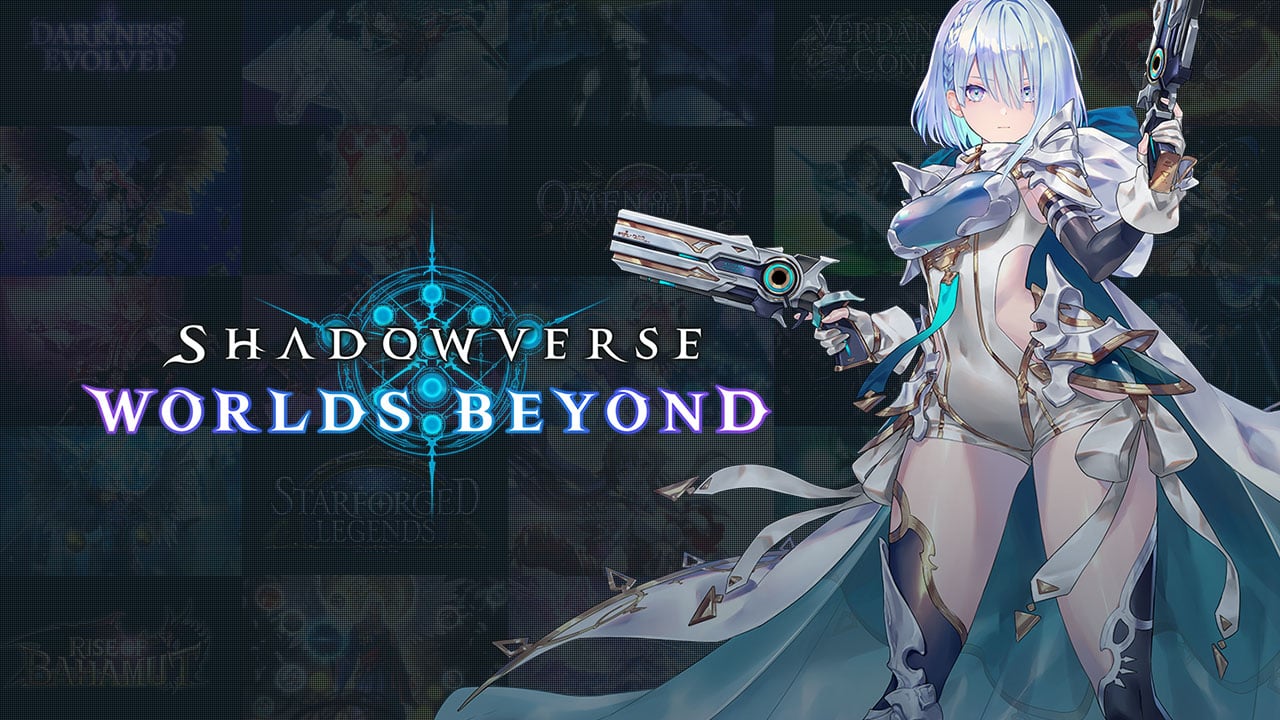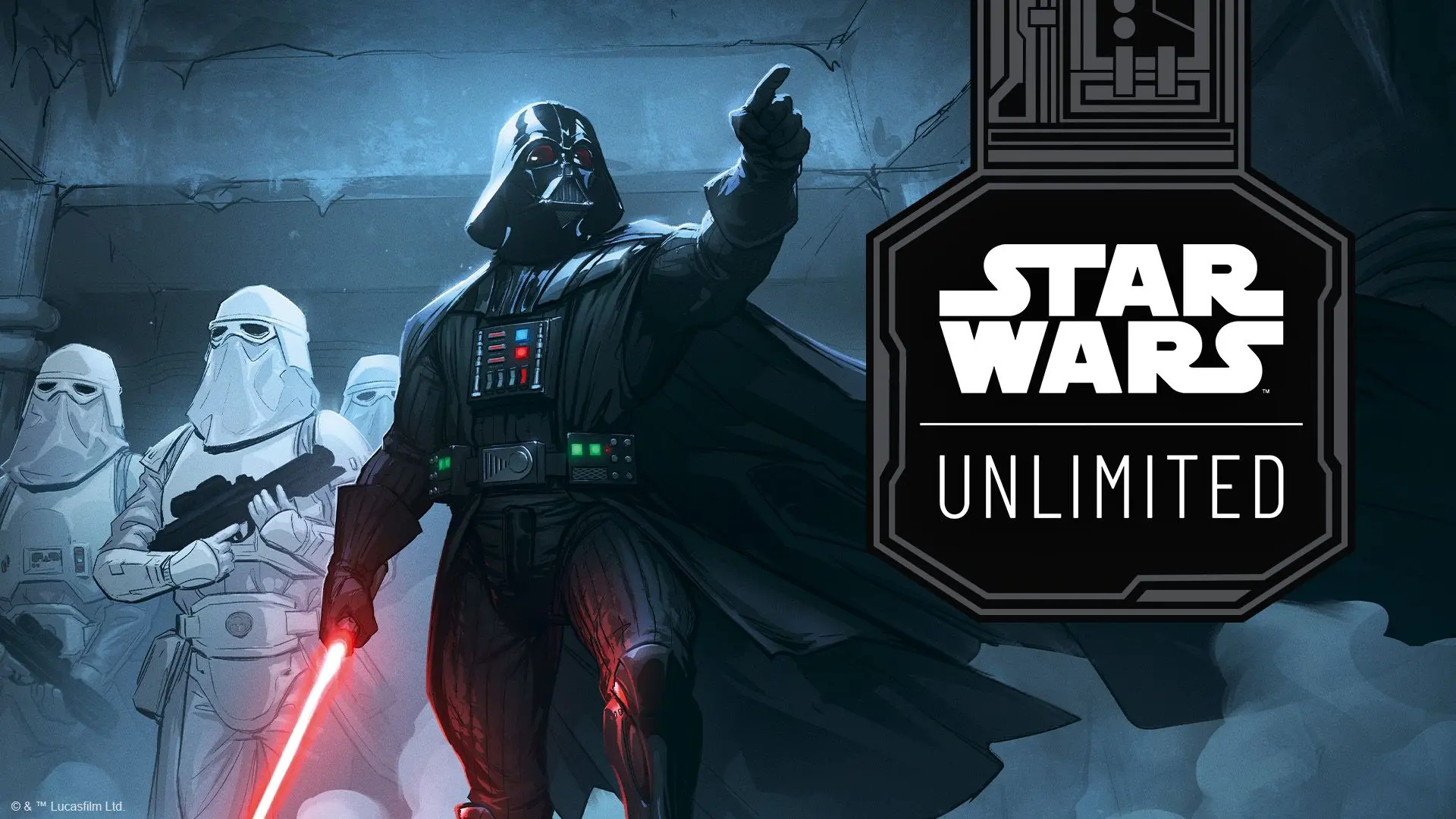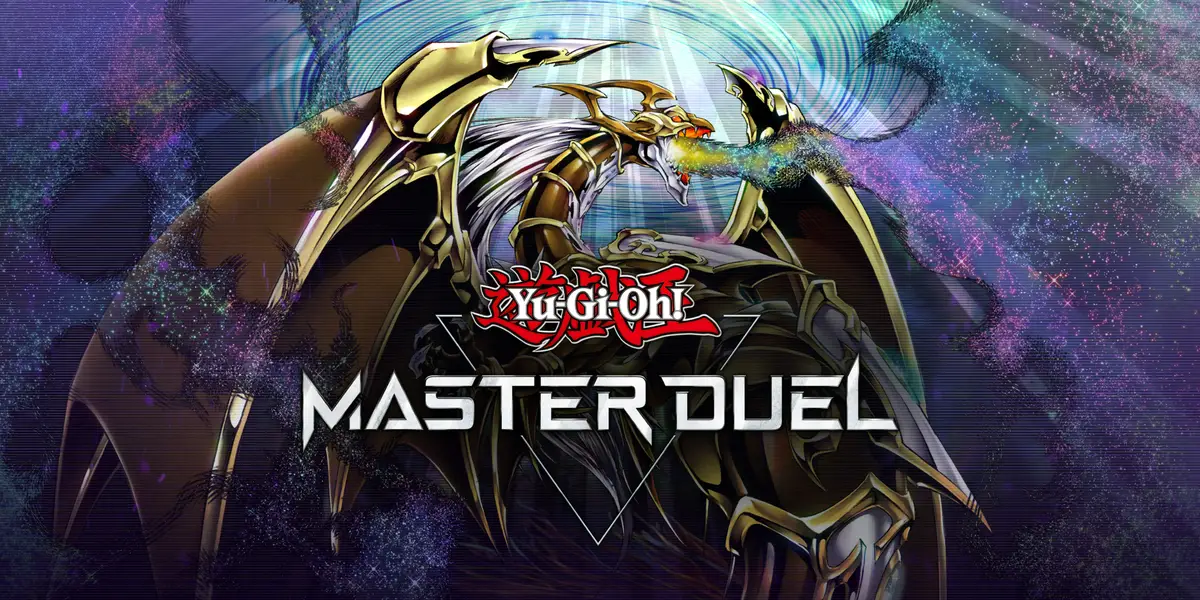Table of Contents
Introduction
Discover the best Magic: The Gathering Arena Alchemy decks and archetypes that the players are using as to climb the ranked ladder and win tournaments. Our MTG Arena Best of One (Bo1) Alchemy metagame regularly reviews and ranks the top decks in the format. We also follow up our choices based on a variety of factors and sources, with comprehensive analysis from the data available. Updated post Alchemy: Karlov Manor release!
Alchemy Best of One (Bo1) Meta Tier List
| Tier | Deck Name |
|---|---|
| Tier 1 | R/G Fiery Inscription |
| Tier 1 | Mono-Red Aggro |
| Tier 1 | G/B Roots Combo |
| Tier 1 | Ratadrabik Legends Combo |
| Tier 2 | R/G Dino Pod |
| Tier 2 | Jodah Legends |
| Tier 2 | G/W Convoke |
| Tier 3 | U/G Merfolk |
| Tier 3 | U/W Soldiers |
- Tier 1 decks are consistent at executing their strategy and better/faster than other decks of the same class in the format at doing so, making them dominate picks in the metagame.
- Tier 2 decks are strong decks that consistently execute their game plan, but are slower or more susceptible to interaction than the Tier 1 decks, putting them just a step below.
- Tier 3: decks are good at executing their game plan but just don’t sit well against the current aggressive decks and/or combo decks in higher tiers, making them good choices in a vacuum but require some tuning to thrive in the current meta.
Tier 1 Decks
R/G Fiery Inscription
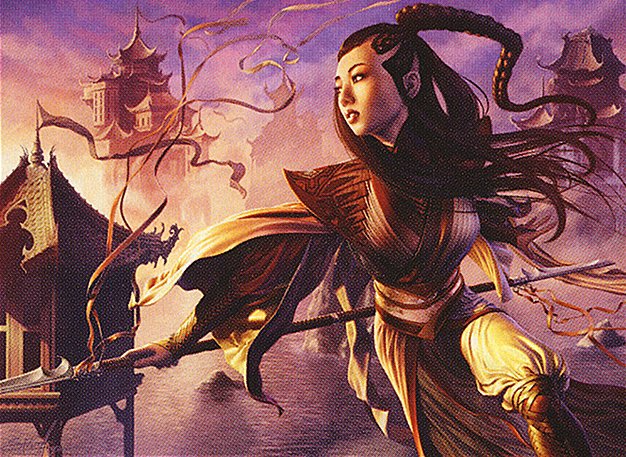
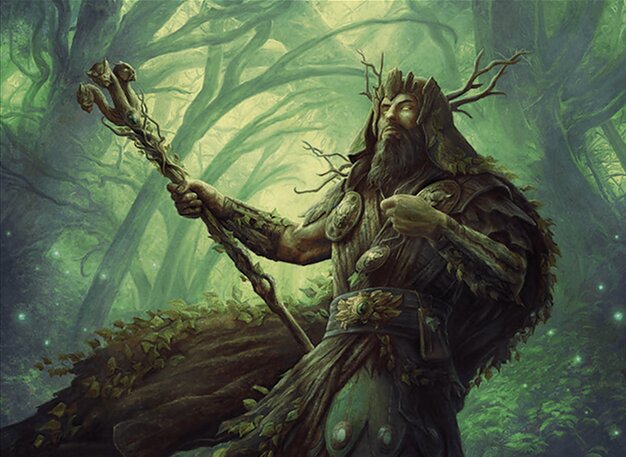
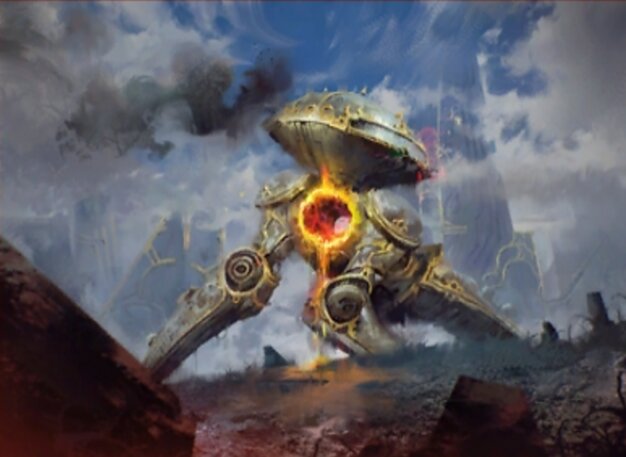
Sorceries (14)
Enchantments (4)
Lands (22)
60 Cards
$65.03
Key Cards and Gameplan: The goal of the deck is to resolve a Fiery Inscription on turn three, by either drawing it naturally or fetching it with a turn two Perilous Iteration, which is guaranteed to find the Inscription as it is the only mana value 3 or greater card in the deck. From there the deck looks to cast burn spells at the opponent’s face, such as
The deck keeps the gas coming through
Playing against this deck: As there are no sideboards in Bo1 you have to build your deck in specific ways to try to counter other strategies. If you are aiming to beat this deck, try including cards that gain life or remove enchantments such as Tranquil Frillback, Sheoldred, the Apocalypse, or A-Haywire Mite. If you can buy a couple extra turns, that could be all you need to close out the game.
Why Tier 1? I’ve placed this deck in tier 1 for Bo1 because it has a clear and easy to execute game plan that is fairly consistent. Since enchantment removal is much less common in Bo1, your Fiery Inscription is much more likely to stay in play and do 6-10 damage as you try to close out the game. Since other popular decks in Bo1 are mostly creature aggro decks, you can use your burn spells on their creatures if you need to buy time, while still getting face damage out of the Inscription, making this deck a good choice in the current meta.
Mono-Red Aggro



Creatures (17)
60 Cards
$53.34
Key Cards and Gameplan: This deck is an aggressive deck trying to get on the board early with plays such as Monastery Swiftspear and Phoenix Chick, keep the beats coming with other haste creatures such as Charming Scoundrel, Goddric, Cloaked Reveler, and Fugitive Codebreaker, and force through damage and go face with Monstrous Rage, and burn spells like Lightning Strike and Melt Through. This deck differs from the R/G Fiery Inscription deck in that it is trying to play to the board from turn 1, and beat the opponent down before they can set up defenses or execute their own strategy.
Playing against this deck: Getting on the board early is important against this deck, as you try to trade your creatures with theirs or set up larger blockers to hold them back. This deck does not have a lot of card advantage, so if you can hold on through the initial onslaught and set up your own clock, you can usually turn the corner and close out the game.
Why Tier 1? I’ve placed this deck in Tier 1 for Bo1 because this deck is fast and efficient. A 1-2-3 curve followed by a burn spell or two can close out the game quickly, and you will punish any slower strategies or clunky draws from your opponents. It also matches up well against other aggressive decks as it can usually clear away their creatures with burn spells, or outsize them with
G/B Roots Combo
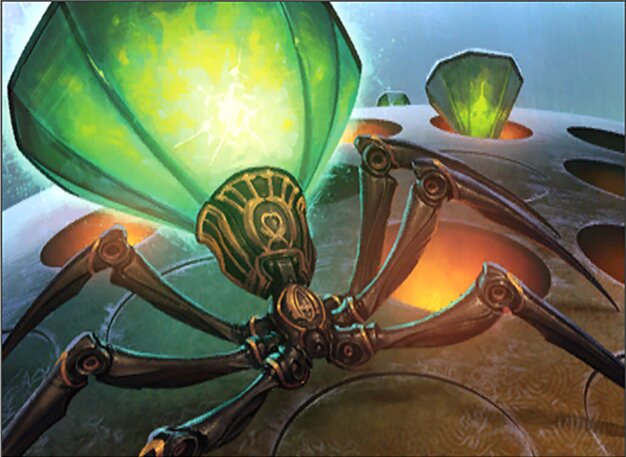
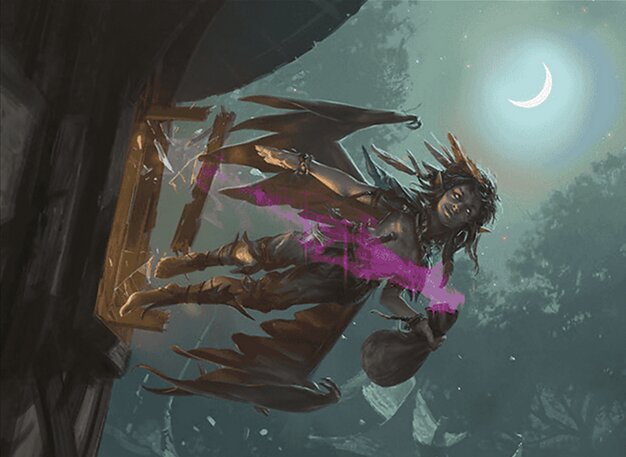
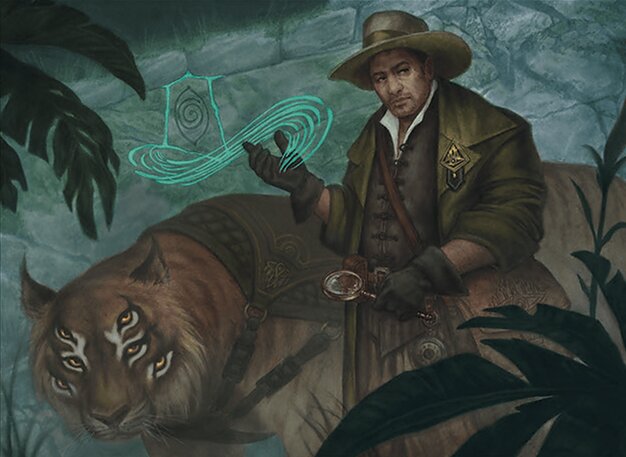
Planeswalkers (4)
Creatures (23)
Instants (3)
Artifacts (4)
Enchantments (4)
Lands (22)
60 Cards
$291.19
Key Cards and Gameplan: A relatively new combo built around Insidious Roots, this deck looks to fill its graveyard with surveil creatures such as Faerie Dreamthief, Rubblebelt Maverick, and Snarling Gorehound, stall the board, and eventually make infinite Propagator Primordium creatures and plant tokens.
While difficult to explain in a paragraph, the key cards are Tyvar, Jubilant Brawler, whose minus 2 fills the graveyard, brings back a creature, triggers the roots, and gives all of the plant tokens haste to tap for mana, and Chitinous Crawler, which while able to recur various pieces of the combo from the graveyard, is also the engine for the combo. With a Crawler in a play and a Primordium and at least 7 other permanents in the graveyard, the Crawler can activate and allow the player to cast the Primordium. When the Primordium comes into play it will conjure two copies into the graveyard, which means that the Crawler will still be at Descend 8 or above. If there are two copies of Roots in play (it is possible with one Roots but much faster and consistent with two copies) and a Tyvar to give those plants haste for mana, the two plants created by the Primordium leaving the graveyard will be able to tap to cast another Primordium, which will create two more plants, and so on and so on.
While able to just play a grindy game by gumming up the board with plants and recurring creatures from the graveyard, the infinite combo can come out of almost nowhere, as a Crawler can come down with a stocked graveyard and cast previously dealt with Roots and Tyvars. While it can seem like the deck requires a lot of pieces to combo, because of its ability to stock the graveyard, an unanswered Crawler can usually assemble the combo itself over 1-2 turns.
Playing Against this Deck: This combo does take a while to set up, and while their creatures are good at gumming up the board, they can’t size up to the creatures the other decks are bringing. Getting on the board and being aggressive before they assemble their pieces is a good strategy, but it can get tough once they get a Roots down and start making plant tokens to block with. The other option is to ignore them and focus on your own strategy, such as burning them out or executing your own creature combo. The most efficient card against this deck is Tranquil Frillback, which can destroy a Roots and exile their graveyard, but not many decks are going to be able to utilize this card in Bo1. Other enchantment removal cards such as A-Haywire Mite are a good option due to how cheap it is to utilize.
Why Tier 1? I’ve placed this deck in tier 1 because of how good it is at stalling the board and how little interaction for both the graveyard and enchantments are likely to exist in Bo1. While you will be pressured by all of the aggressive strategies in the format, once you make a few plant tokens to slow things down, you should be able to grind them out and assemble your combo.
Ratadrabik Legends Combo


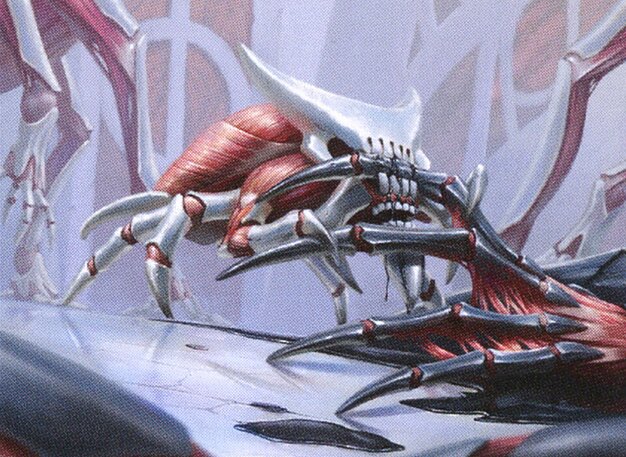
Creatures (35)
Lands (25)
60 Cards
$196.91
Key Cards and Gameplan: A Legendary Creature combo deck based around Ratadrabik of Urborg, the deck looks to have Ratadrabik in play alongside Boromir, Warden of the Tower, and either Smeagol, Helpful Guide to mill the opponent out or Elas il-Kor, Sadistic Pilgrim to drain the opponent out. With Ratadrabik in play, Legends that would die return as 2/2 tokens but they aren’t legendary. However, when Boromir is sacrificed, in addition to giving creatures indestructible the “Ring Tempts You” causing a creature to be chosen as a ring bearer. If the ring has tempted you at least once, the ring bearer is legendary, so when the Boromir token is chosen as the ring bearer it will become legendary. Thus, when it is sacrificed again, it will return again as a token and can be chosen as the ring bearer again, creating a loop of infinite sacrificing and returning. With Elas in play, the opponent will die to creatures dying trigger, and with Smeagol in play, the opponent will mill out as the ring is tempting you an infinite amount times causing Smeagol to take all of the lands out of the opponent’s deck and milling them in the process. The card plays other legendary creature synergy cards such as Frodo Baggins and Samwise Gamgee, and one drop creatures Delighted Halfling for ramp, and Skrelv, Defector Mite for protection.
Playing Against this Deck: In Bo3, Stone of Erech is the premiere sideboard option as it completely stops their combo, however in Bo1, main-decking the Stone is not really a viable option. Instead, focus on making sure that Boromir and Ratadrabik are never in play at the same time, as once they have both in play they can always protect each other.
Why Tier 1? I’ve put this deck in Tier 1 because of how good it is at executing its combo in Bo1, due to the lack of hate cards from the opponent. It can really gum up the board against aggressive strategies, and can combo as soon as turn 4, meaning it is usually faster than other decks that require set up.
Tier 2 Decks
R/G Dino Pod
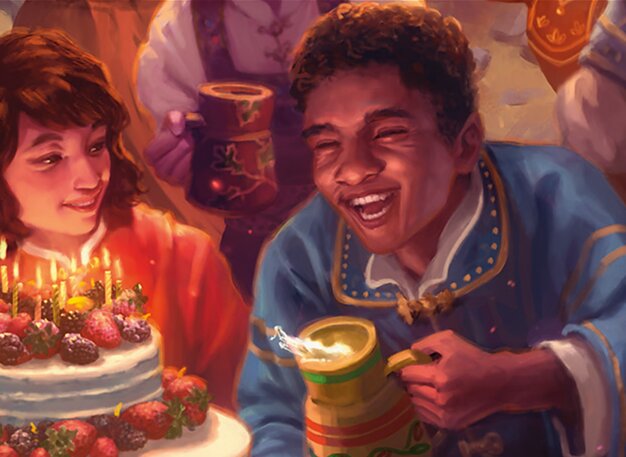
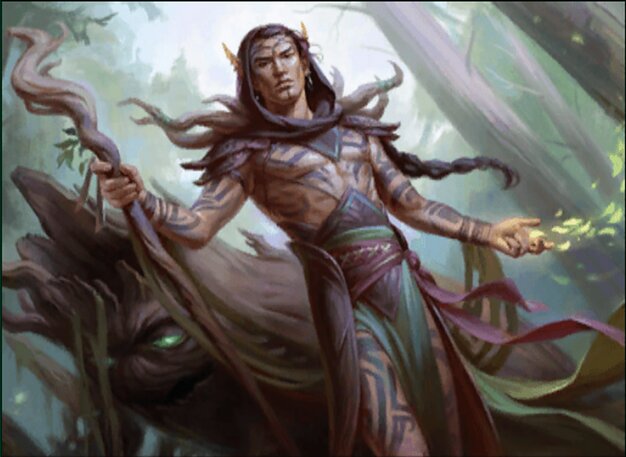

Creatures (30)
Artifacts (4)
Lands (24)
60 Cards
$282.18
Key Cards and Gameplan: This deck is looking to put Trumpeting Carnosaur and Etali, Primal Conqueror into play early by either ramping into them with ramp creatures such as Delighted Halfling, A-Llanowar Loamspeaker, and Intrepid Paleontologist, or to evolve through a chain of Dinosaurs with Spawning Pod, each Dinosaur along the way getting value and adding to your board. Scalespeaker Shepherd provides more top end and a nice discount to get out your Dinos early, and Tranquil Frillback can provide artifact/enchantment removal, graveyard hate, and lifegain, all of which are hard to come by in a Bo1 deck. A few removal spells round out the deck.
Playing Against this Deck: As this deck’s top end is unmatched, you need to end the game before they establish a dominant and overwhelming board position. Aggressive decks should try to end the game before they get there, occasionally using burn spells on their ramp creatures to delay their late game, while combo decks should try to quickly assemble their pieces and go off before they get their big trample creatures into play.
Why Tier 2? I’ve placed this deck in Tier 2 because it is a solid deck that is very consistent in executing its game plan due to the high number of ramp creatures and payoffs in the deck. The late game of this deck is unmatched in Bo1 but getting there against some of the Tier 1 decks can be a struggle, as they are usually able to run you down or assemble their combo before you achieve your desired boardstate.
Jodah Legends

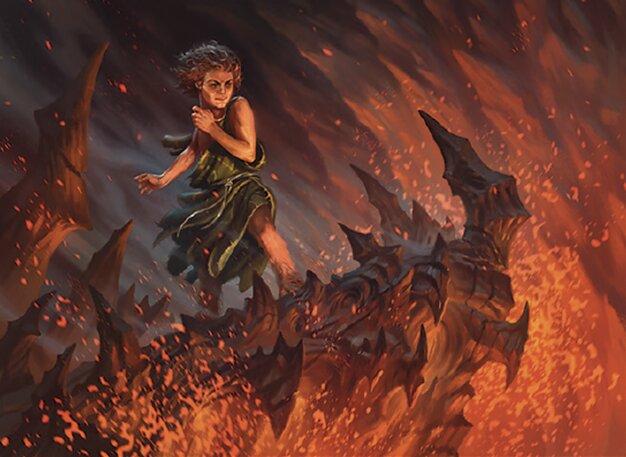

Creatures (33)
Instants (1)
Lands (26)
60 Cards
$200.3
Key Cards and Gameplan: This is a 5-color legend deck built around Jodah, the Unifier. The main goal of this deck is to put Jodah into play as quickly as possible with ramp creatures Delighted Halfling, Ruby, Daring Tracker, and Gwenna, Eyes of Gaea, protect it with creatures like Hajar, Loyal Bodyguard, Melira, the Living Cure, Boromir, Warden of the Tower, or Ratadrabik of Urborg, and then overwhelm the opponent with your now oversized legends. While similar to the Ratadrabik Combo deck, this deck is not dedicated to the combo and is instead trying to beat the opponent down. The 5-color plan is supported by lands such as Plaza of Heroes and Great Hall of the Citadel, which help cast legends of any color, as well as
Playing Against this Deck: Once they have a Jodah in play the game is likely going to be hard to win, as they will continue to build a larger and larger board every turn while beating down with huge creatures. Breaking up their curve of mana creatures with removal can help buy extra turns, or simply focusing on your own combo and executing it before they have time to resolve a Jodah is also effective.
Why Tier 2? This deck is in Tier 2 because while it is able to consistently assemble an overwhelming board state, it struggles against the combo decks, as it does not have a fast clock or interaction, and the red aggressive decks can usually point burn at their ramp creatures and close the game before Jodah takes over. The deck is not entirely reliant on having a Jodah in play, but when it doesn’t it just plays like a slightly worse version of the Ratadrabik combo.
G/W Convoke
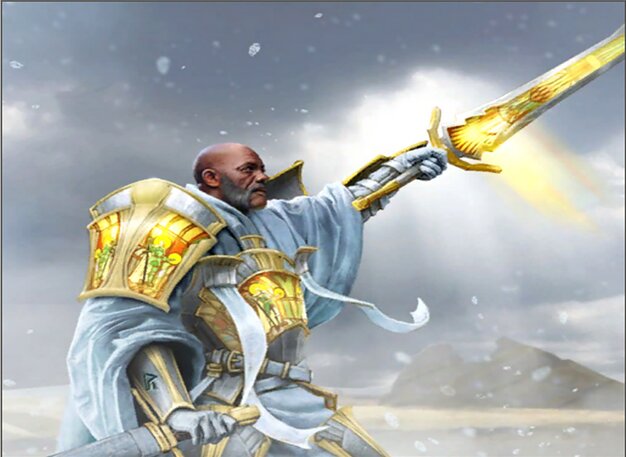

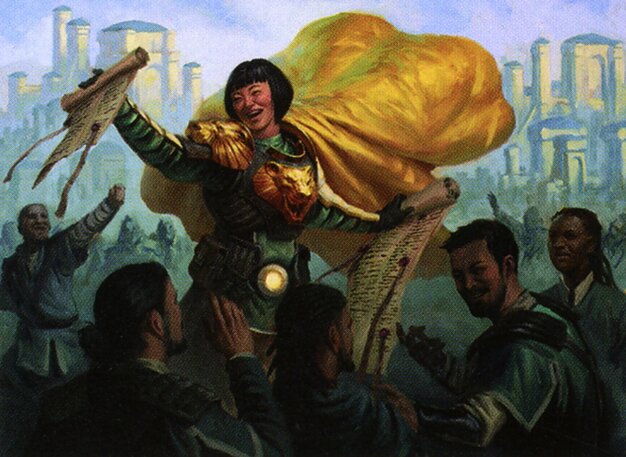
Creatures (34)
Enchantments (4)
Lands (22)
60 Cards
$289.26
Key Cards and Gameplan: This deck is similar to the convoke deck in standard, but it has gone into Green for new Alchemy: Karlov Manor card Emmara, Voice of the Conclave. While she may seem a bit over-costed or under-stated at first, she frequently comes down on turn 2 as she has convoke herself, and most of the cards in her spellbook are great in adding into the game plan, especially Conclave Tribunal, which provides additional removal, and Venerated Loxodon which can buff up your board making it insurmountable in the following turns. The variety of one drop creatures, Benalish Knight-Counselor, Novice Inspector, Recruitment Officer, and Warden of the Inner Sky, mean that you can frequently have 3 creatures in play on turn 2, making
Playing Against this Deck: It is important against this deck to break up their curve with removal spells, or combo off before they start putting on pressure. As they do take a while to begin beating down, focus on executing your own game plan, while possibly taking out a Warden of the Inner Sky or a Sanguine Evangelist along the way to buy some time.
Why Tier 2? I’ve placed this deck in Tier 2 because while it is great at playing to the board and eventually overwhelming opponents, it doesn’t interact with other decks very well and doesn’t have a particularly fast clock, meaning that it is susceptible to the combo decks in Tier 1. However, it should have a good match up against the other aggressive decks, as it can quickly go much wider and taller than they can to dominate the board.
Tier 3 Decks
U/G Merfolk


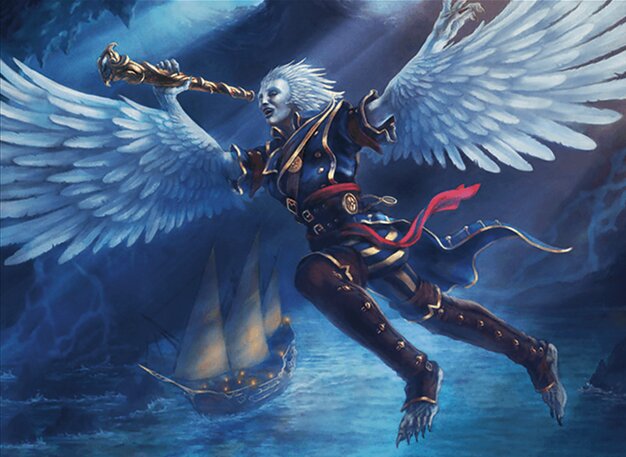
Creatures (30)
Artifacts (3)
Enchantments (4)
Lands (23)
60 Cards
$252.37
Key Cards and Gameplan: This deck exists in Alchemy thanks mostly to Alchemy: Ixalan card Merfolk Tunnel-Guide, which adds an early play to the deck while also sizing up other creatures as the game goes on. This deck tries to wide, with enchantment Deeproot Pilgrimage which will trigger when a non-token merfolk attacks, crews a Subterranean Schooner, or is used to convoke out a Zephyr Singer, providing one token for each creature used to convoke it, and it also tries to go tall with explore creatures Cenote Scout, Jadelight Spelunker, the map tokens from Sentinel of the Nameless City, the boon from Merfolk Tunnel-Guide, and the merfolk creature anthem from Vodalian Hexcatcher.
Playing Against this Deck: This deck will quickly assemble a gummed up board state making it hard for other creature decks to break through. Using removal spells on their non-token creatures before they begin to make hexproof tokens with Deeproot Pilgrimage, or on their Vodalian Hexcatcher to make for better trades can help close the game out. Combo decks should be aware of cards like
Why Tier 3? This deck could honestly be in Tier 2, but I’ve placed it in Tier 3 because I believe it is less consistent than other decks that are trying to dominate the board. This is largely because Explore is an inconsistent mechanic and sometimes you need a +1/+1 counter to trade or dominate the board and instead end up with a land in hand. However, I do think this deck is quite good at making use of Deeproot Pilgrimage, which can easily take over games by itself. Overall, the lack of a fast game plan or disruptive game plan just means that the other decks are frequently going to be able to execute their game plan while you try to assemble your board.
U/W Soldiers

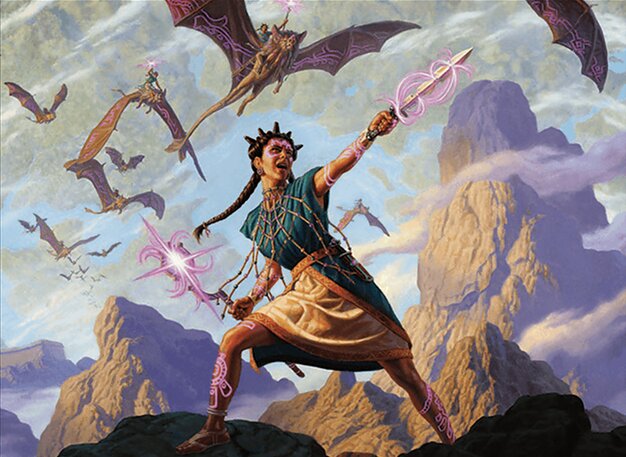

Creatures (30)
Sorceries (3)
Artifacts (1)
Enchantments (2)
Lands (24)
60 Cards
$285.56
Key Cards and Gameplan: This is a Soldier typal deck that is looking to go wide and overwhelm the opponent by chipping away at their life total and then ending the game with a large attack from their buffed up creatures. The deck buffs up its creatures in several ways: Coppercoat Vanguard gives a buff to all of your humans, which is nearly all of the creatures in the deck, Valiant Veteran buffs all of your soldiers, and hidden in the mana base is Fortified Beachhead, which can also buff your soldiers in the late game. Harbin, Vanguard Aviator also gives a way to buff your creatures and end the game in one swing. The deck can also ignore the ground by taking to the skies, with creatures like Harbin and Skystrike Officer, as well as Warden of the Inner Sky which can gain flying, and
Playing Against this deck: As this is a typal synergy deck the goal should be to keep their creatures that buff their other creatures out of play, by using removal on them, or to keep their board small by putting on pressure that forces them to block frequently. Their clock is not particularly fast, so combo decks should try to focus on assembling their pieces. Some versions may play Protect the Negotiators, so that is worth keeping in mind if they have open mana up when you try to play an important card.
Why Tier 3? I’ve placed Soldiers in Tier 3 because it is doing what a lot of the other play to the board decks are doing but just slower. Their creatures can come together to form a dominant boardstate, but other decks are able to do it more quickly and more consistently. Soldiers will eventually dominate the other creature decks, but getting to that point of the game is difficult, putting it a step below them.
Get Ready for the Bo1 Alchemy Qualifier!
The Best-of-1 Alchemy Qualifier Play-In is this weekend, Saturday March 16th, so now is the perfect time to try out some decks and find your strategy! The format is also open to brewing, with the top decks all being Aggressive decks or Combo decks, perhaps a tuned-to-the-meta Midrange or Control deck could come in and sweep the field? Whatever you decide to test out, good luck in your games!
Premium >
Enjoy our content? Wish to support our work? Join our Premium community, get access to exclusive content, remove all advertisements, and more!
- No ads: Browse the entire website ad-free, both display and video.
- Exclusive Content: Instant access to all exclusive articles only for Premium members, at your fingertips.
- Support: All your contributions get directly reinvested into the website to increase your viewing experience!
- Discord: Join our Discord server, claim your Premium role and gain access to exclusive channels where you can learn in real time!
- Special offer: For a limited time, use coupon code L95WR9JOWV to get 50% off the Annual plan!

